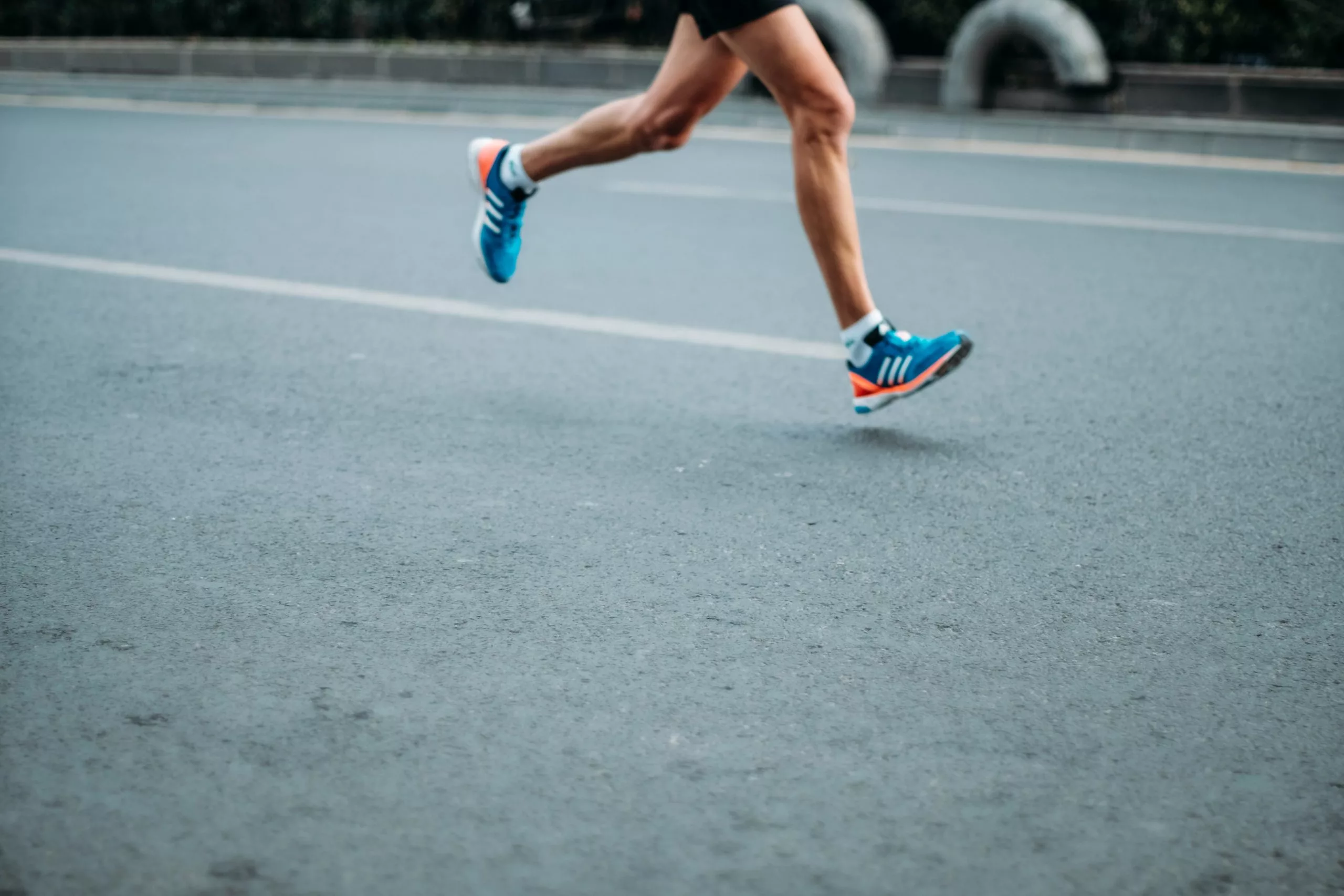
Have you recently tested positive for COVID? Here’s how you can safely return to exercise after recovery.
For active people who have recently recovered from COVID-19, what may be top of mind is the potential for short- and long-term health complications like myocarditis (inflammation of the heart). Although the prevalence of cardiac injuries are quite rare among an athletic population, current medical guidance suggests a conservative approach when returning to exercise as there is limited research regarding longer-term post-infection outcomes.
How can someone without access to a full team of professionals and comprehensive medical testing make informed decisions regarding a safe return to exercise after a COVID-19 infection?
Stratification
Currently, medical experts provide recommendations on how to resume exercise post-infection by categorizing individuals who have recovered from COVID-19 into two groups:
Asymptomatic/mild symptoms – follow a gradual Return to Play (RTP) progression starting 10 days post positive test and at least 7 days symptom-free, with additional recommendations to complete a pre-participation screening to indicate further clinical examination if symptomatic.
Severe/hospitalized, or symptoms persisting past general timelines – medical clearance before starting gradual RTP progression.
Gradual RTP Progression
There are a variety recommendations for resuming sports activity after COVID-19. Although slightly different, they all follow a similar structure consisting of:
Light activity, followed by a step-by-step increase in frequency, duration, and intensity, then a period of normal training before returning to full activity.
The recommended RTP progression protocol consists of 7 stages:
Stage 1) Minimum Rest Period (10 days minimum)
Activites: walking, activities of daily living
Duration: over 10 days
Objective: Recovery from infection, protecting the cardiovascular system
Stage 2) Light Activity (2 days minimum)
Activites: light exercise (walking, stationary bike, light jogging)@HRmax of <70%, no resistance training
Duration: 15 minutes
Objective: Increase heart rate
Stage 3) Increase in Frequency (1 day minimum)
Activites: Simple movement activities, light running, light resistance training (RPE 3-5/10 or 50% 1RM), @HRmax of <80%
Duration: 30 mins
Objective: Gradual increase in load, management of any post-infection fatigue symptoms
Stage 4) Increase in Duration (1 day minimum)
Activites: more complex training activities, light resistance training (RPE 3-5/10 or 50% 1RM), @HRmax of <80%
Duration: 45 mins
Objective: Exercise, build coordination and sport-specific skill/tactics
Stage 5) Increase in Intensity (2 day minimum)
Activites: Normal training activities (with time restrictions), moderate resistance training (RPE 5-7/10 or 70% 1RM), @HRmax of <80%
Duration: 60 mins
Objective: Restore confidence and assess functional skills
Stage 6) Resume normal training (earliest day 17)
Activities: normal training activities (sport-specific) with no restrictions or limits on RPE or HR
Duration: normal training durations
Objective: Resume normal training progressions, prepare for competition/game-scenarios
Stage 7) Return to sport
(Some governing bodies may require a minimum number of practices completed before returning to sporting competition)
What to look out for?
As you progress through each stage and build up your activity level post-infection, there are two categories of symptoms that you should monitor for:
Red flags
These include symptoms such as chest pains/palpitations, shortness of breath past what is normally expected, irregular heart beats, extreme fatigue, sudden coughing or symptoms related to deep vein thrombosis or pulmonary embolism. If symptoms occur during exercise, it should be stopped immediately, and a 24 hour symptom-free window should be observed before starting at the previous stage. If symptoms do not resolve, a medical professional should be consulted immediately.
Physiological responses
The second category of monitoring is related to the physiological responses to increases in activity. Monitoring simple parameters such as heart rate, RPE (rating of perceived exertion), psychological readiness, fatigue and sleep over time can give a good indication of if you are progressing at an appropriate pace for exercise. A dramatic change in heart rate, an RPE inconsistent with the intended intensity of the exercise session or constant disturbances in sleep or day-to-day wakefulness may mean that your body may need more time to adjust. Just like the approach to returning to play from injury, disproportionate increases in training volume and intensity should be avoided.
Remeber that…
There is no one-size-fits-all method for returning to sport post-COVID. You should consider your individual situation and consult with a doctor if necessary. The timeline for this progression is not concrete and will vary, depending on factors including the severity of symptoms, relative health, age, baseline fitness and the aerobic intensity of the sport or activity.
References
, et al. (2020). Infographic. Graduated return to play guidance following COVID-19 infection.
, et al. (2021). Infographic. Clinical recommendations for return to play during the COVID-19 pandemic.
Martinez MW, Tucker AM, Bloom OJ, et al. Prevalence of Inflammatory Heart Disease Among Professional Athletes With Prior COVID-19 Infection Who Received Systematic Return-to-Play Cardiac Screening. JAMA Cardiology, 6(7), 745–752.

